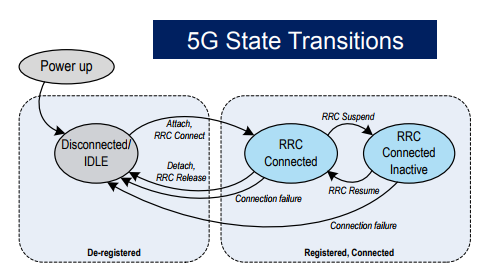CBG in 5G Explained: What Is a Code Block Group and Why It Matters
telcomatraining.com – With the rapid evolution of mobile networks, 5G technology has introduced numerous advancements to support higher data rates, lower latency, and increased reliability. Among the many technical innovations in 5G New Radio (NR), the concept of a Code Block Group (CBG) plays a crucial role in enhancing data transmission efficiency. This article explores what CBGs are, why they matter in the 5G ecosystem, and how they impact performance.
What Is a Code Block Group (CBG)?
In 5G NR, large data blocks cannot be transmitted all at once due to hardware limitations and the need for error correction. Instead, data is segmented into smaller units called Transport Blocks (TBs), which are further divided into Code Blocks (CBs) for processing. A Code Block Group (CBG) is essentially a collection of one or more Code Blocks grouped together for the purpose of hybrid automatic repeat request (HARQ) feedback and retransmission.
CBGs are introduced in 5G NR as a part of the channel coding scheme using LDPC (Low-Density Parity-Check) codes. LDPC is more efficient and scalable than the Turbo codes used in 4G LTE. This shift allows for higher throughput and more flexible retransmission mechanisms.
Why Was CBG Introduced in 5G?
In traditional LTE systems, a failure in any single CB during transmission would require retransmission of the entire Transport Block, leading to unnecessary delays and bandwidth consumption. To overcome this inefficiency, 5G allows partial retransmissions via CBGs.
By using CBGs, the system can detect which specific code block groups failed and only retransmit those parts, significantly improving resource utilization. This approach helps to maintain high throughput and lower latency — two key goals of 5G.
How Do CBGs Work?
Here’s a simplified explanation of how CBGs operate within the 5G NR protocol:
- Segmentation: The transport block is divided into multiple CBs.
- Grouping: These CBs are then grouped into one or more CBGs. The size of each group can be adjusted based on network conditions and UE (User Equipment) capabilities.
- Transmission: The CBGs are encoded and transmitted over the radio interface.
- Feedback: Upon receiving the transmission, the receiver checks each CBG for errors. If a specific CBG fails the error-checking process, it is flagged for retransmission.
- Retransmission: Only the failed CBGs are retransmitted, not the entire transport block.
This process improves efficiency, especially in scenarios with high interference or variable signal strength.
Benefits of CBG in 5G
1. Enhanced Efficiency: By avoiding full TB retransmissions, CBGs minimize unnecessary data duplication and conserve network bandwidth.
2. Lower Latency: Selective retransmissions reduce the time needed for error correction, contributing to faster data delivery and responsiveness.
3. Improved Scalability: CBGs allow for flexible grouping strategies depending on the channel conditions and user requirements, which supports a broader range of use cases.
4. Better Resource Utilization: Optimized feedback and retransmission save radio resources, particularly in dense network environments like urban areas.
CBG Configuration in 5G NR
CBG functionality is controlled through RRC (Radio Resource Control) signaling. The gNB (5G base station) can instruct the UE whether to enable or disable CBG-based HARQ feedback. Additionally, parameters such as the number of code blocks per group can be configured based on the device’s capability and link quality.
It is also important to note that not all UEs support CBG-based feedback and retransmission. Therefore, it is an optional feature that can be adapted depending on the deployment strategy.
Final Thoughts
CBG is one of the many intelligent innovations that make 5G NR more efficient than its predecessors. By enabling partial retransmissions of code block groups, 5G reduces latency, improves spectral efficiency, and provides a more robust communication experience. Understanding CBGs is essential for network engineers, developers, and anyone involved in the 5G ecosystem.
As 5G continues to evolve and support next-generation applications like autonomous vehicles, augmented reality, and massive IoT, features like CBG will be key to maintaining high performance and reliability.







